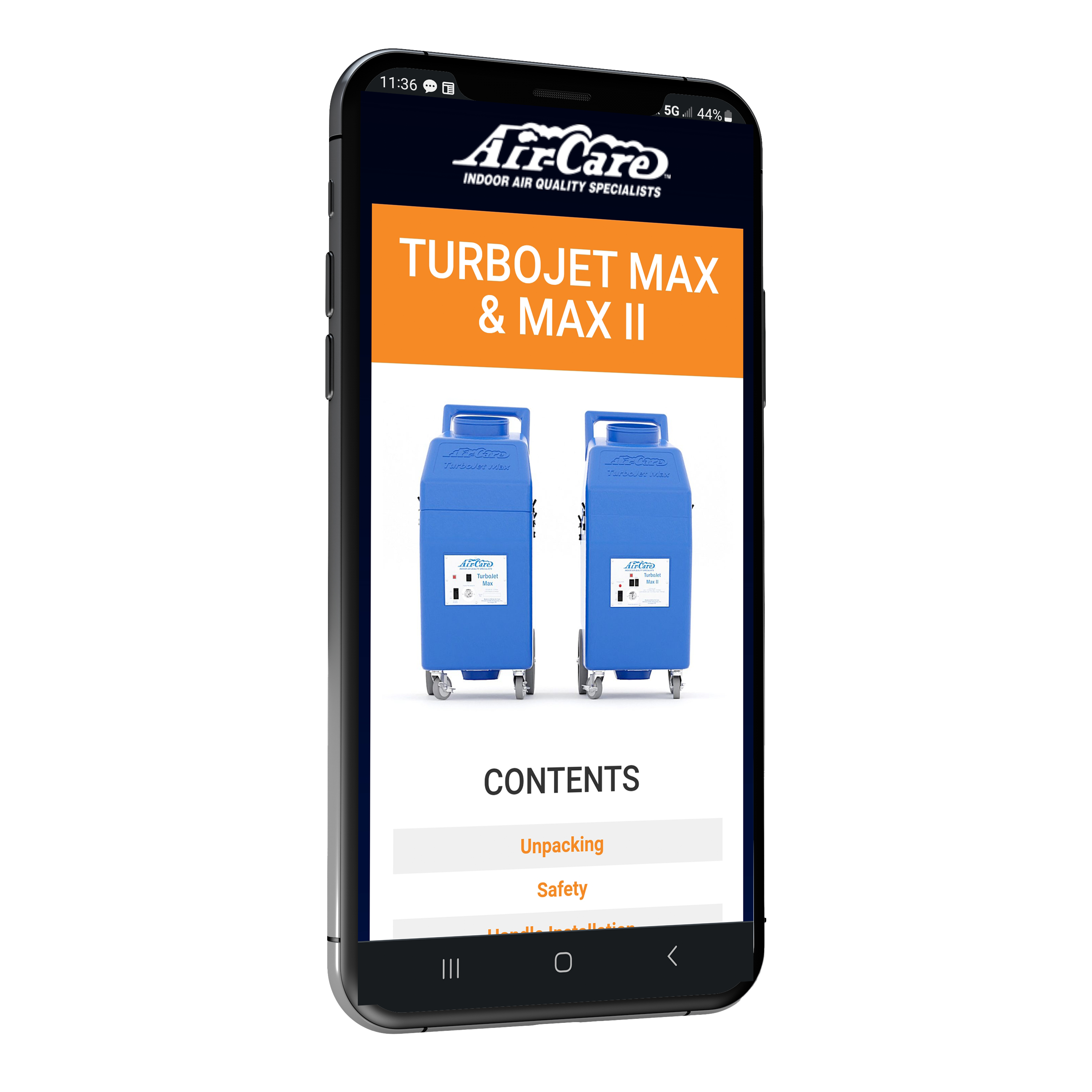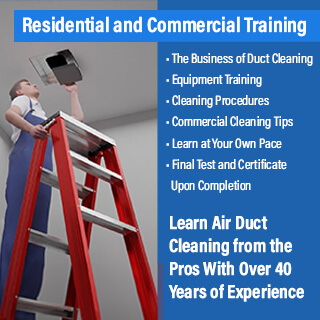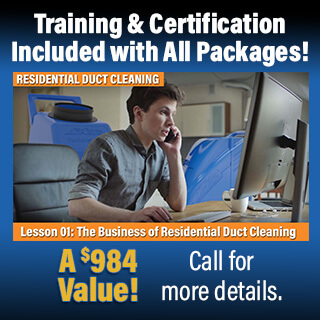Our web-based training programs and resources are meticulously designed to elevate your journey in duct cleaning. With specialized lessons that cover both residential and commercial cleaning, you’ll gain exclusive insights and skills essential for effective duct cleaning and servicing. Additionally, our online platform provides extensive equipment manuals and guides to ensure you’re well-equipped and thoroughly informed for success.
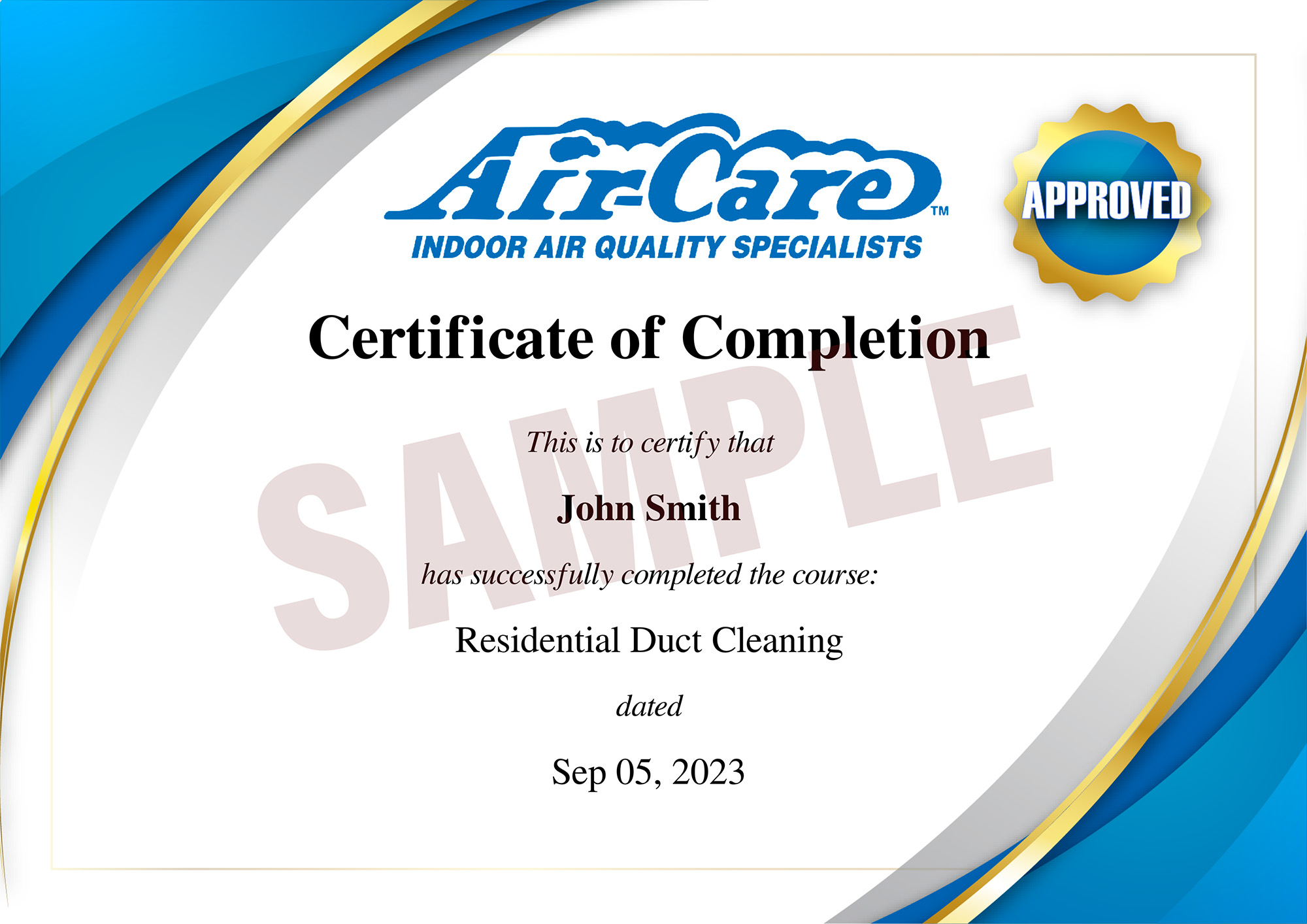
Our comprehensive suite includes nine Residential Cleaning Tutorials and eleven Commercial Cleaning videos, offering in-depth insights into the tools and techniques crucial for top-notch residential and commercial duct cleaning. Dive deep into the workings of advanced equipment like the TurboJets, Cobra, Ductmaster, and beyond. Furthermore, to reinforce your learning, we’ve included interactive quizzes that challenge and test your newfound knowledge, ensuring a robust understanding of the material.
Once you’re confident in your skills, take the final assessment test. Upon successful completion, you’ll be awarded a Certificate of Completion in Residential Duct Cleaning. This certificate serves as a testament to your expertise and can be proudly showcased to your clients, enhancing your professional credibility.
Residental Training
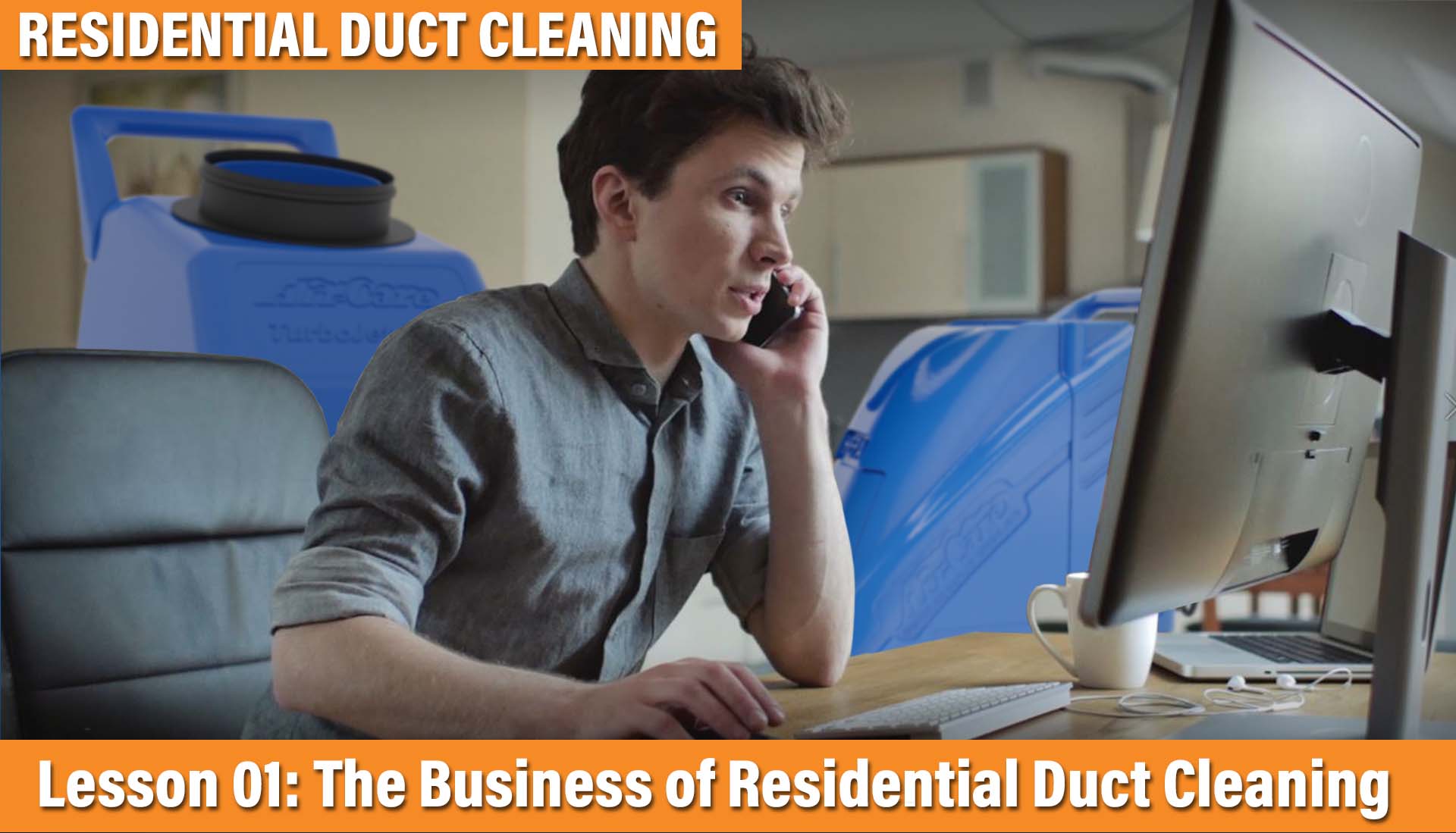
Video 01: The Business of Residential Duct Cleaning
• Market Research
• Target Marketing
• Business Structure, Permits, Licenses
• Marketing Ideas
• Pricing Your Service
• And more…
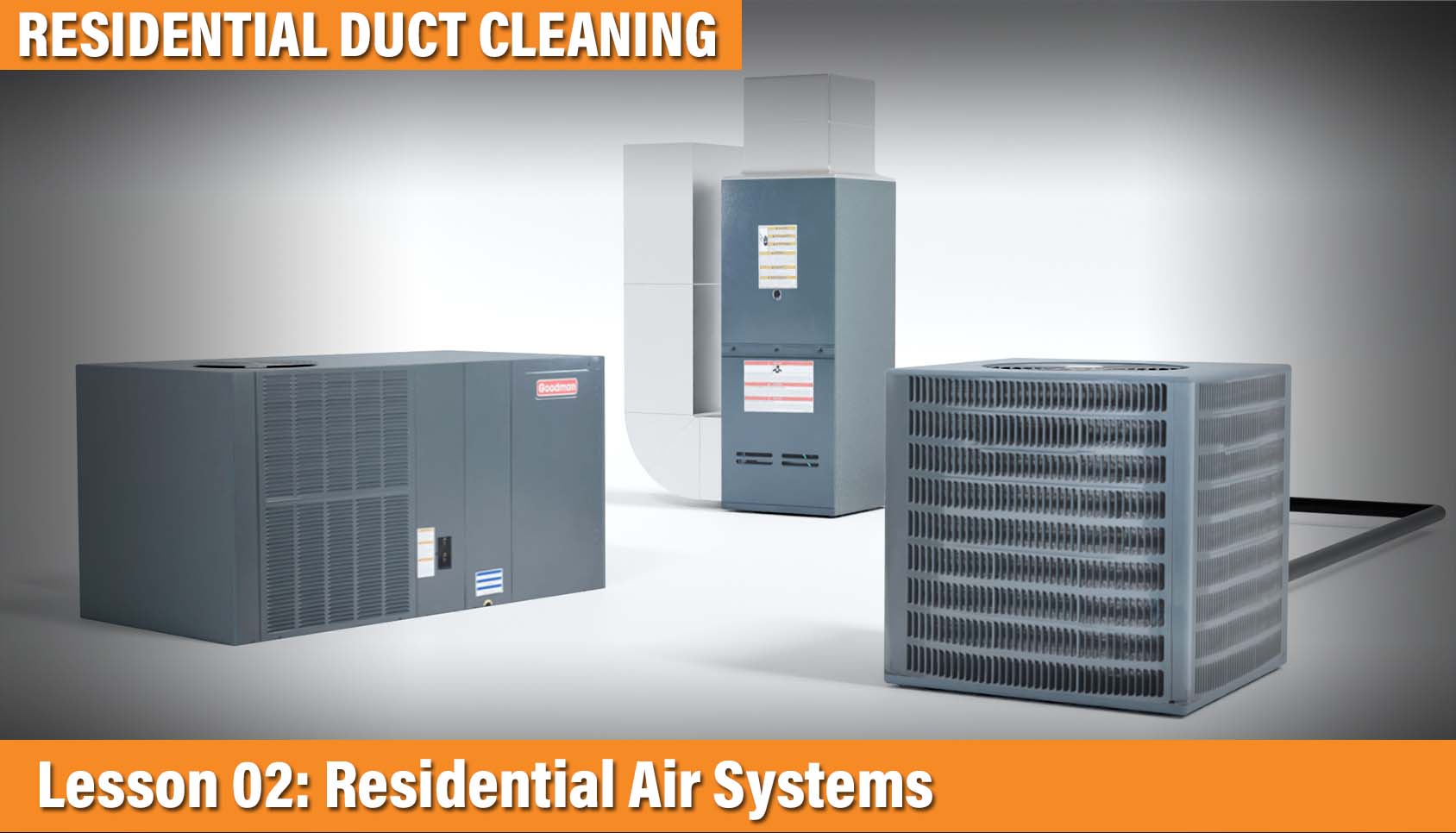
Video 02: Residential Air Systems
• How Residential Air Systems Work
• Residential Package Systems
• Residential Split Systems
• Residential Air Ducts
• Residential Grilles and Registers
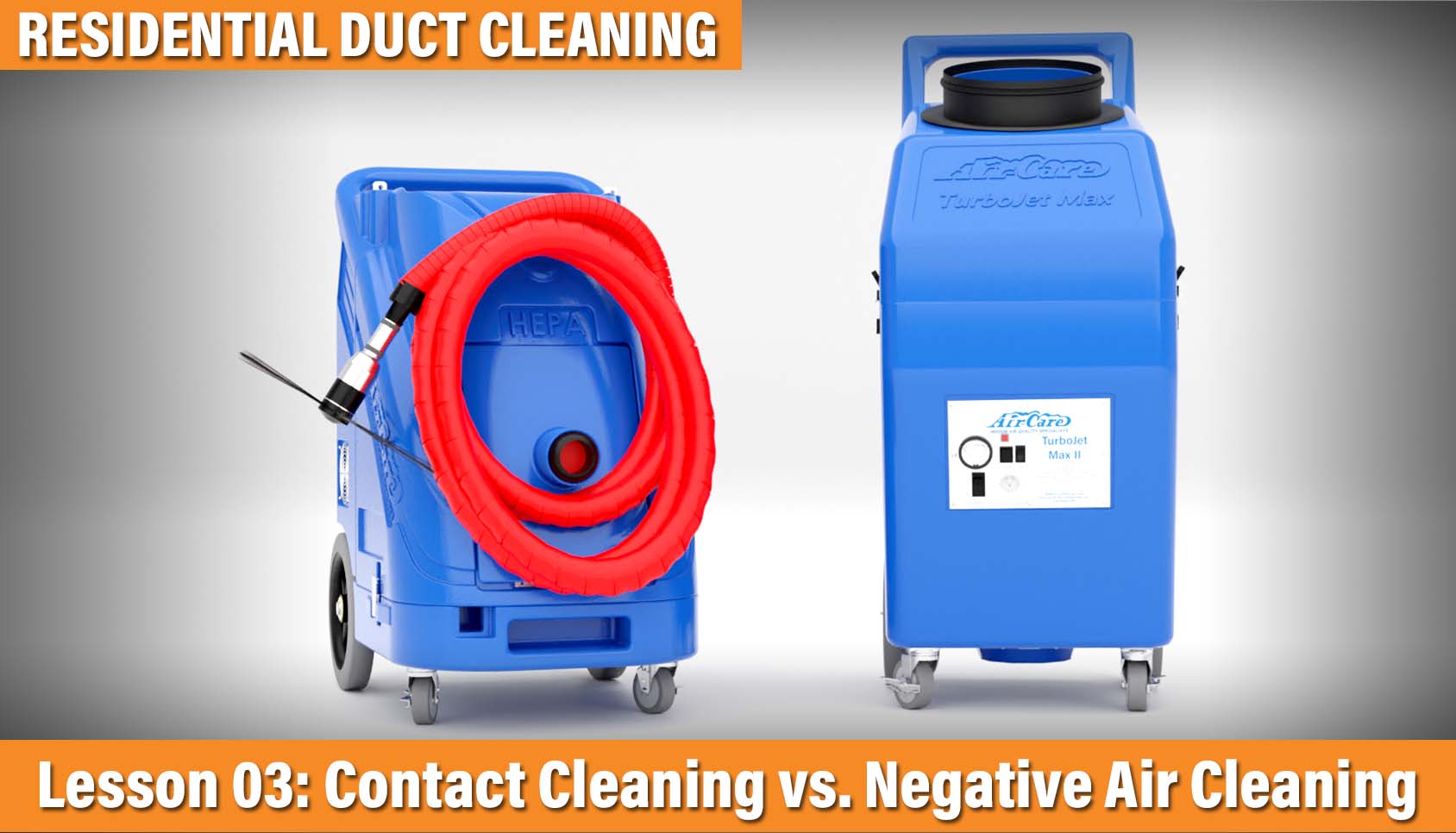
Video 03: Contact Cleaning Vs. Negative Air Cleaning
• How Negative Air Cleaning Works
• How Contact Cleaning Works
• Water Gauge (Suction)
• Cubic Feet Per Minute (CFM)
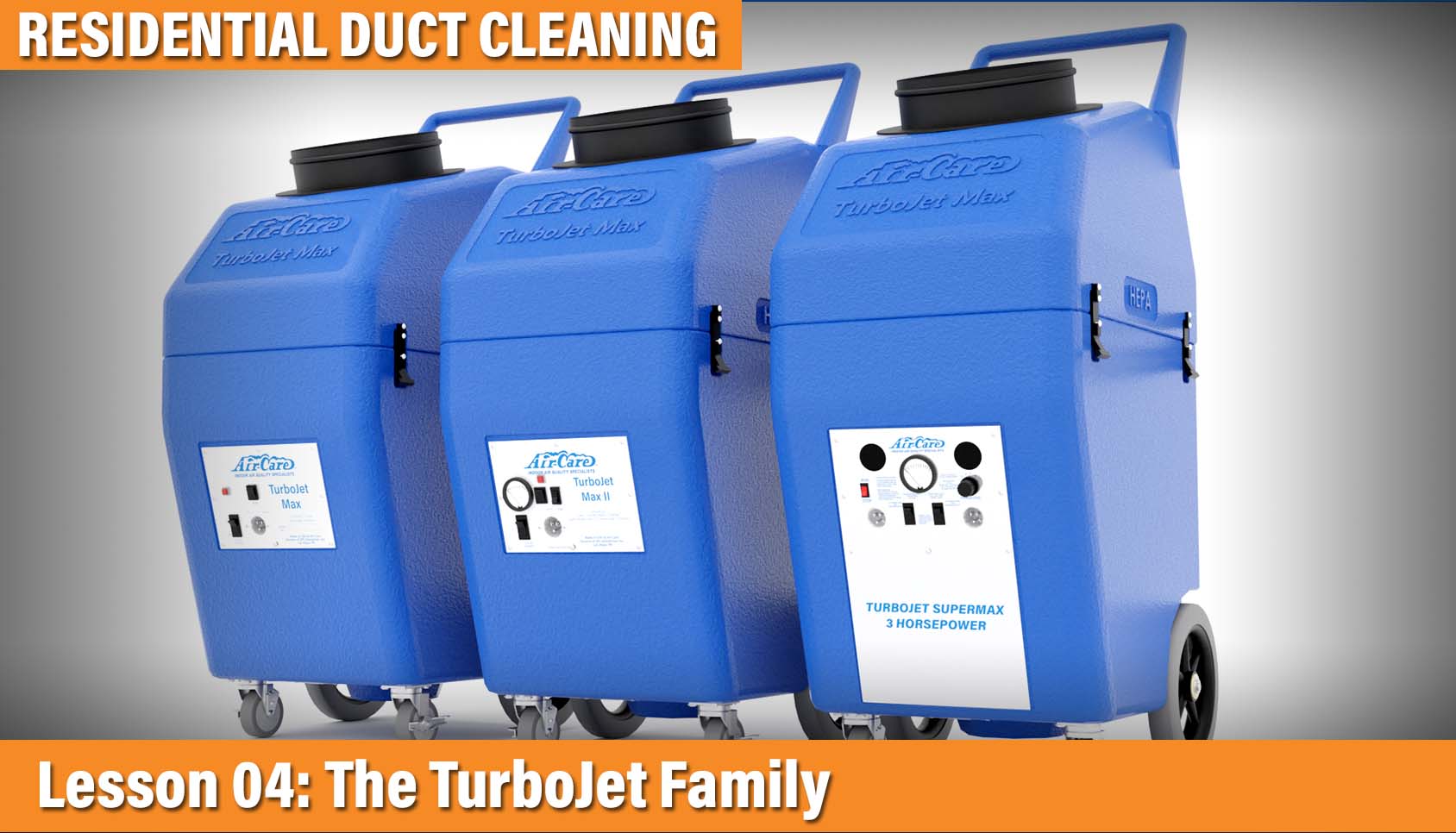
Video 04: The TurboJet Family
• The TurboJet Max
• The TurboJet Max II
• The TurboJet SuperMax
• What Are the Differences?
• Set-Up and Testing
• Control Panel
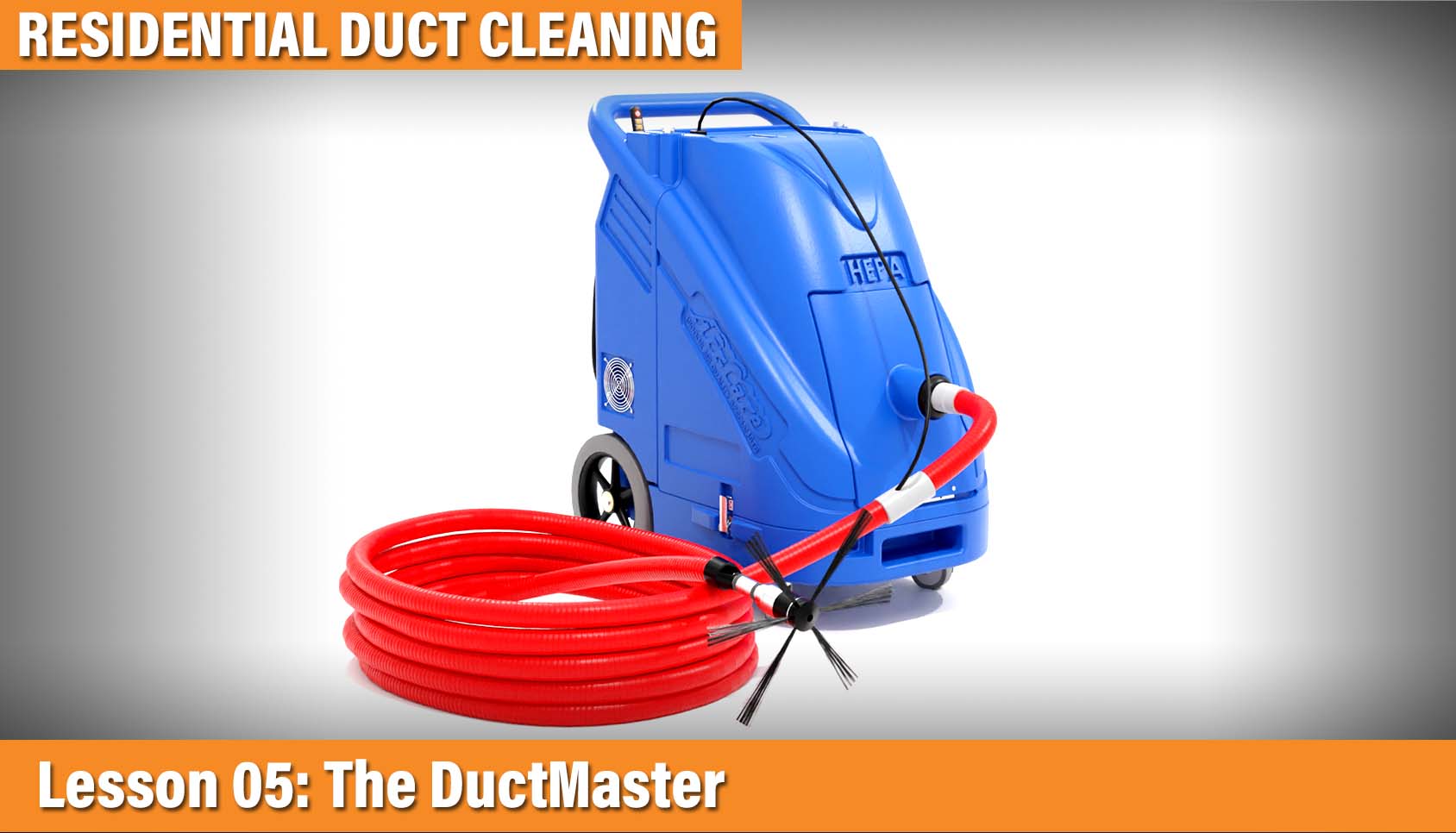
Video 05: The DuctMaster
• DuctMaster Parts
• Set-Up and Testing
• Control Panel
• Installing the Filters
• Electrical Set-Up
• How the DuctMaster Works
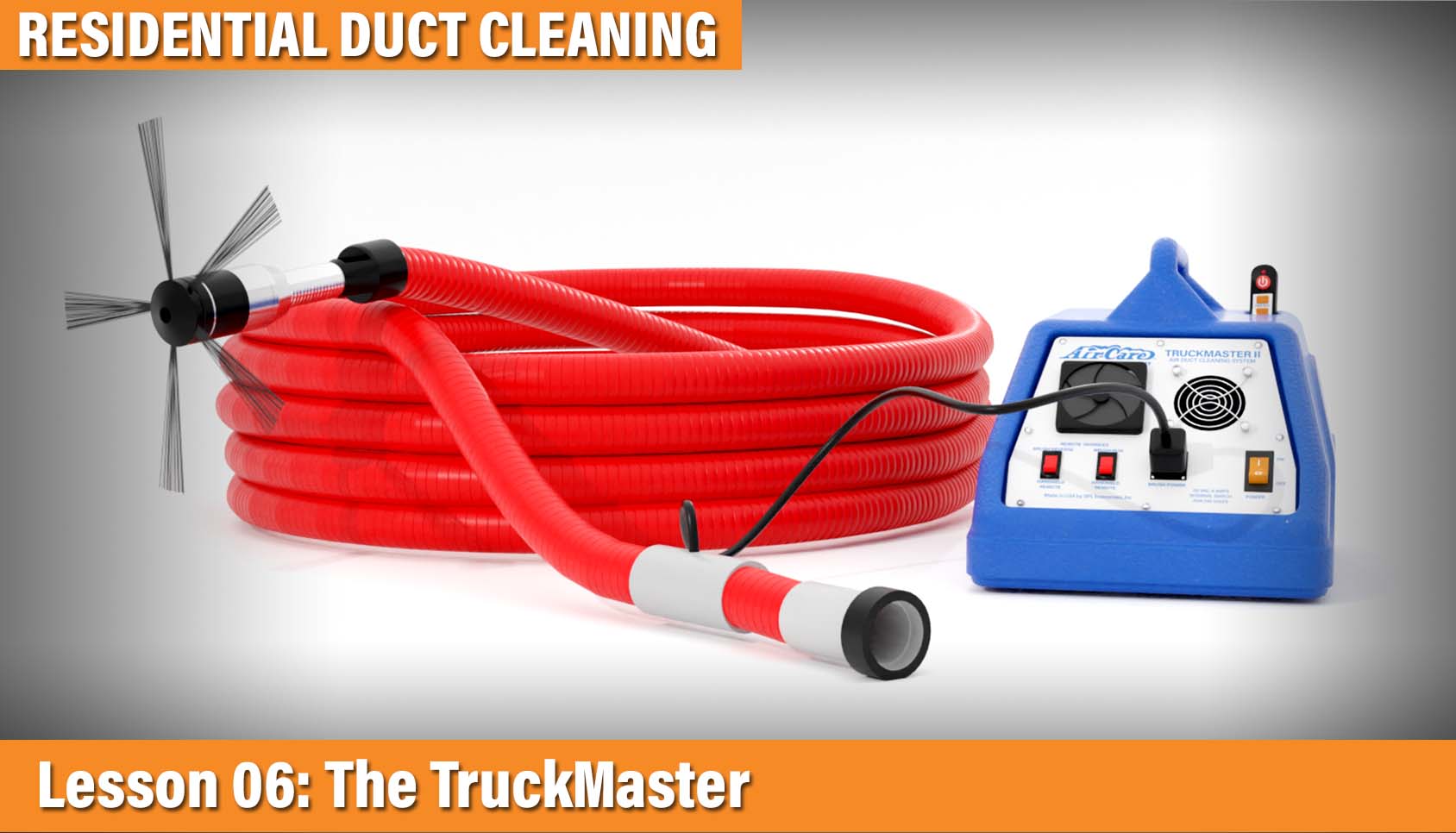
Video 06: The TruckMaster
• The TruckMaster and Carpet Cleaning Equipment
• Seting-Up the TruckMaster
• The Dust Damper
• Remote Control
• Operating the TruckMaster
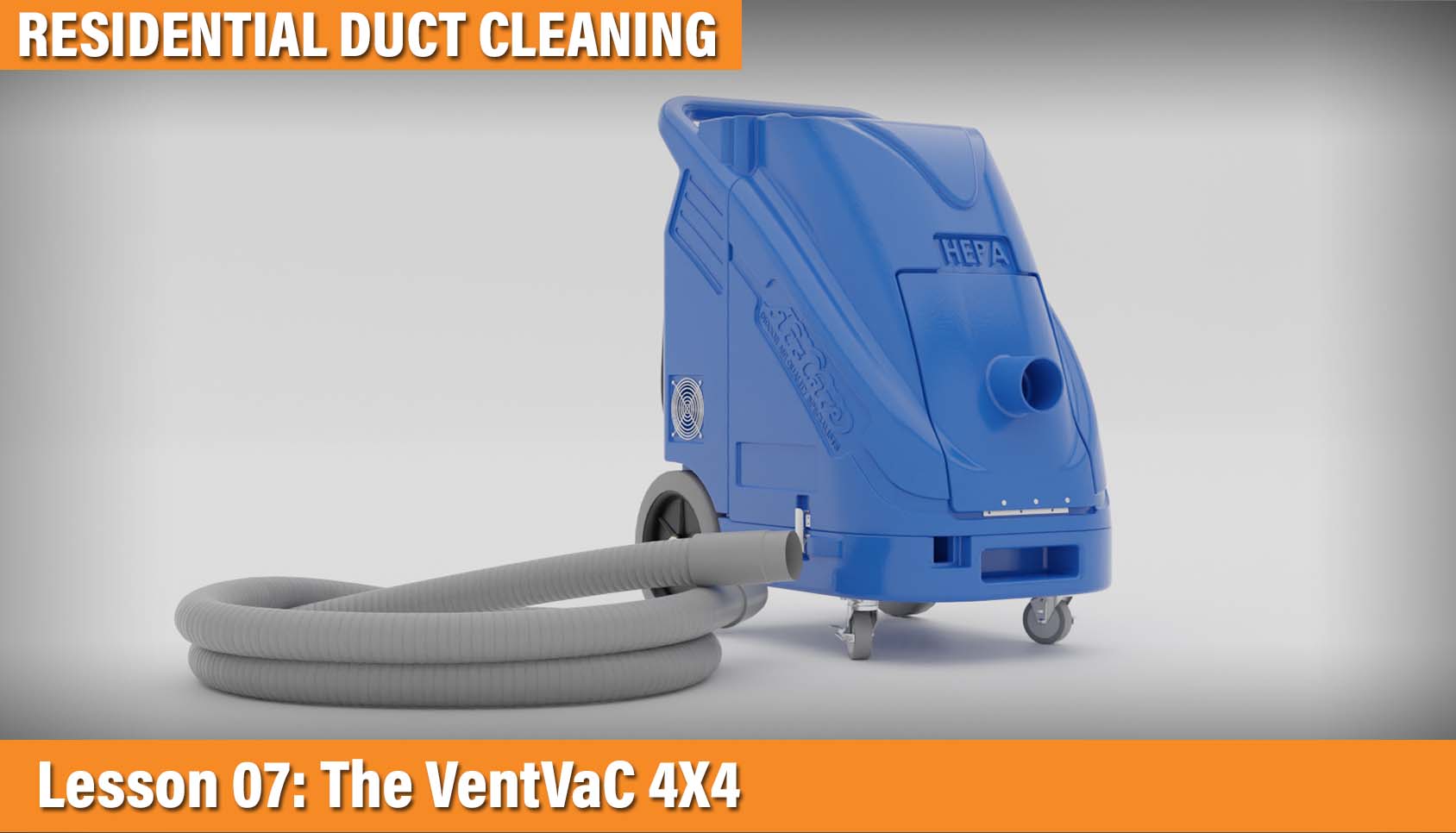
Video 07: The VentVac 4×4
• VentVac Control Panel
• Power Settings
• Set-Up and Testing
• Filters
• Dryer Vent Cleaning Kit
•Cleaning a Dryer Vent
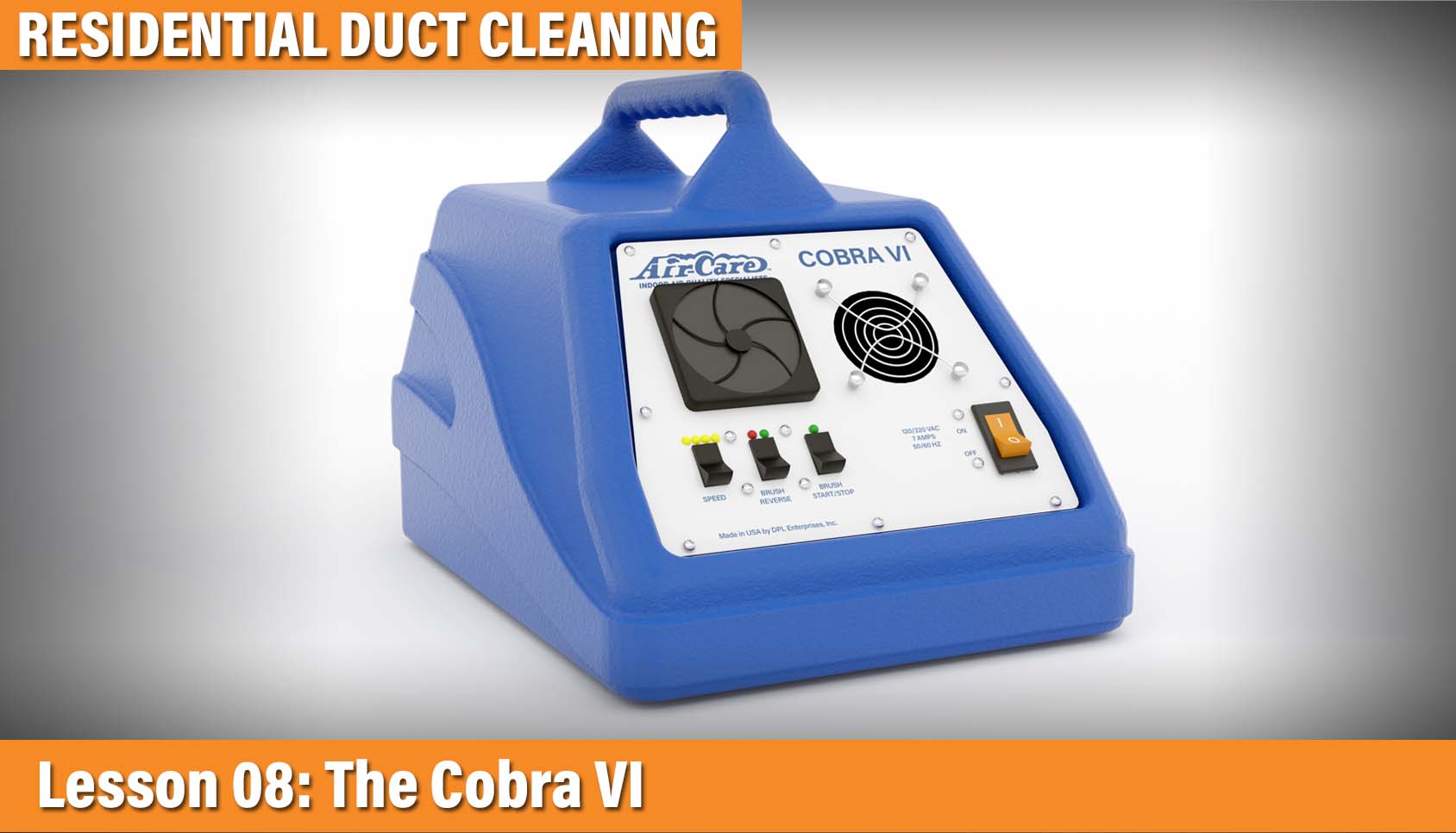
Video 08: The Cobra VI
• Using with the TurboJets
• Control Panel
• Set-Up and Testing
• Remote Control
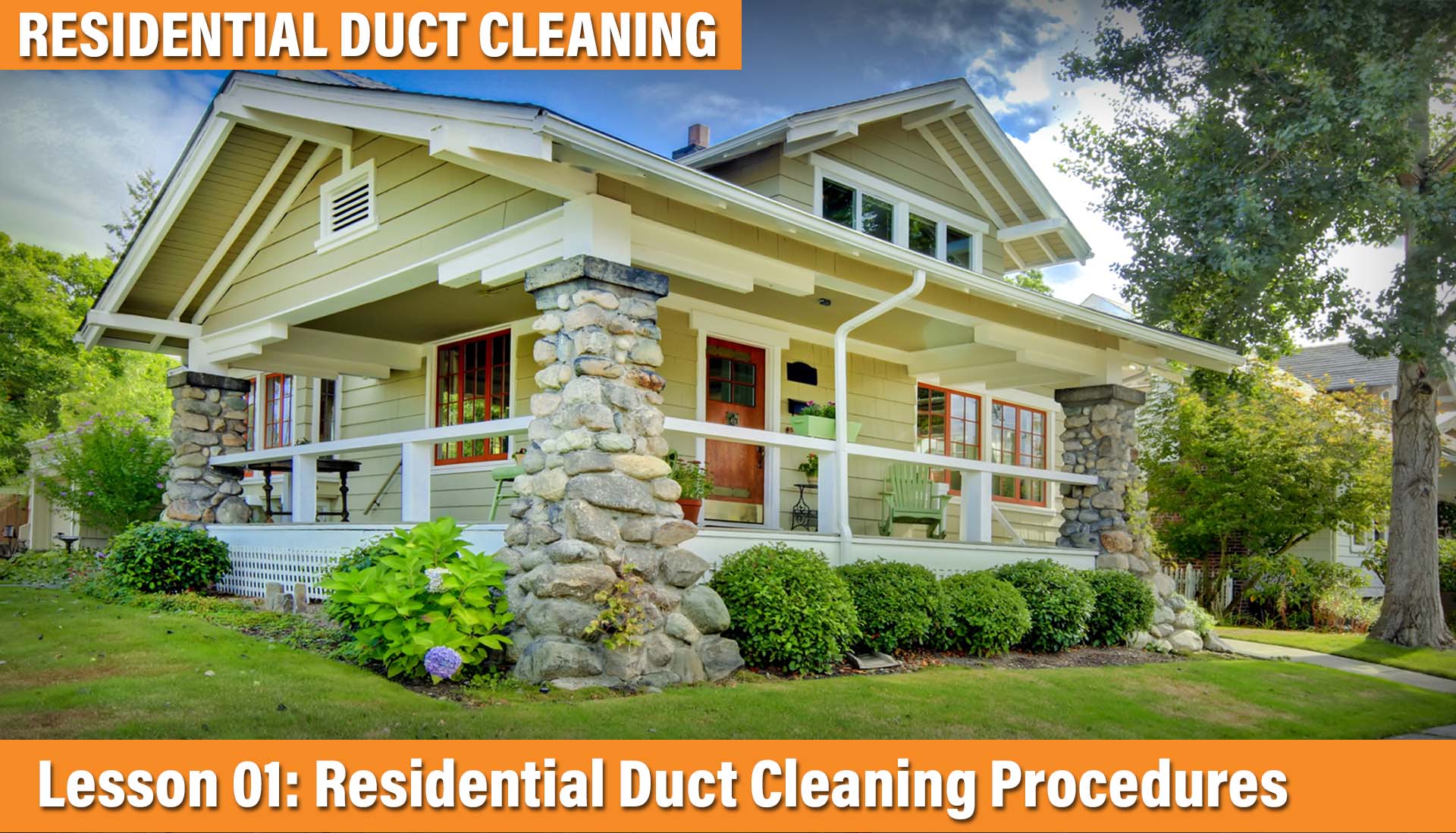
Video 09: Residential Duct Cleaning Procedures
• Greeting the Customer
• Negative Air Cleaning vs. Contact Cleaning
• Cleaning Supply Ducts
• Cleaning the Mechanical Parts
• Sanitizing the Ducts
•And More…
Commercial Training
Video 01: Course Introduction
• Overview of the Lessons
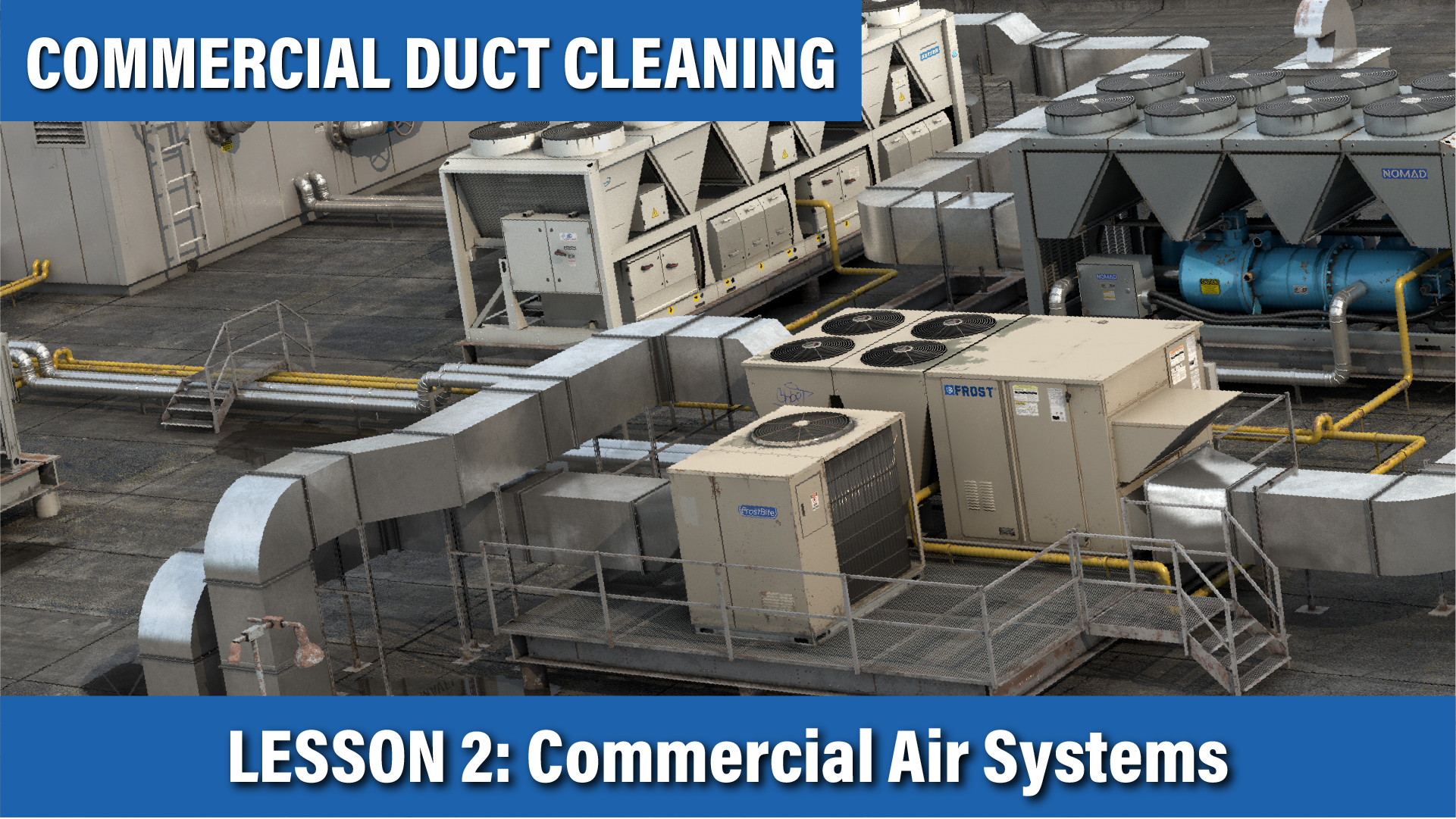
Video 2: Commercial Air Systems
• What are Commercial Air Systems?
• Heat Exchange 101
• Packaged Air Systems
• Split Air Systems
• Make-Up Air Systems
• Evaporative Coolers
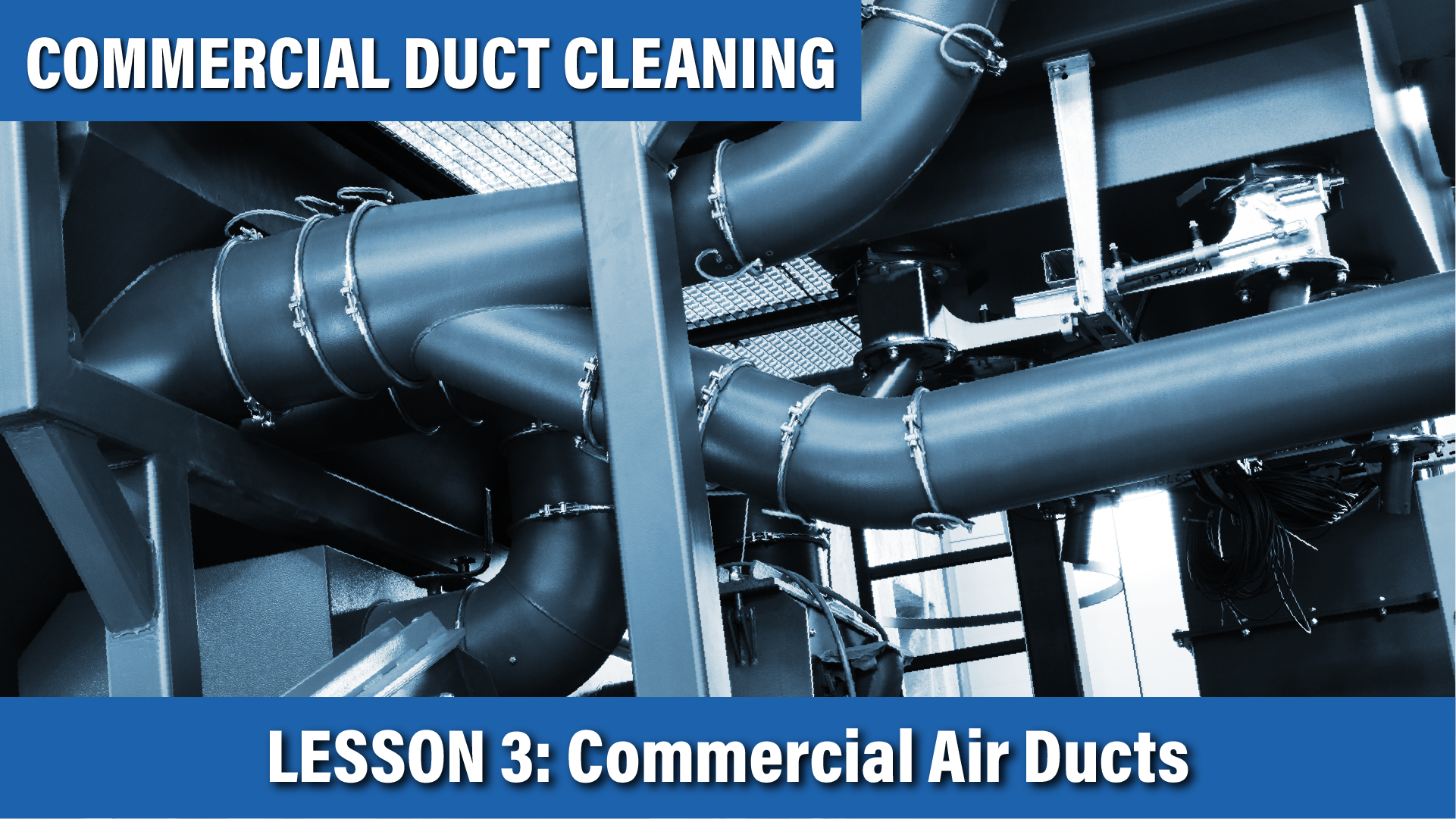
Video 3: Commercial Ductwork
• Aluminum Ducts
• Mylar Ducts
• Steel Ducts
• Stilted Ducts
• Insulated Ducts
• Ductboard Ducts
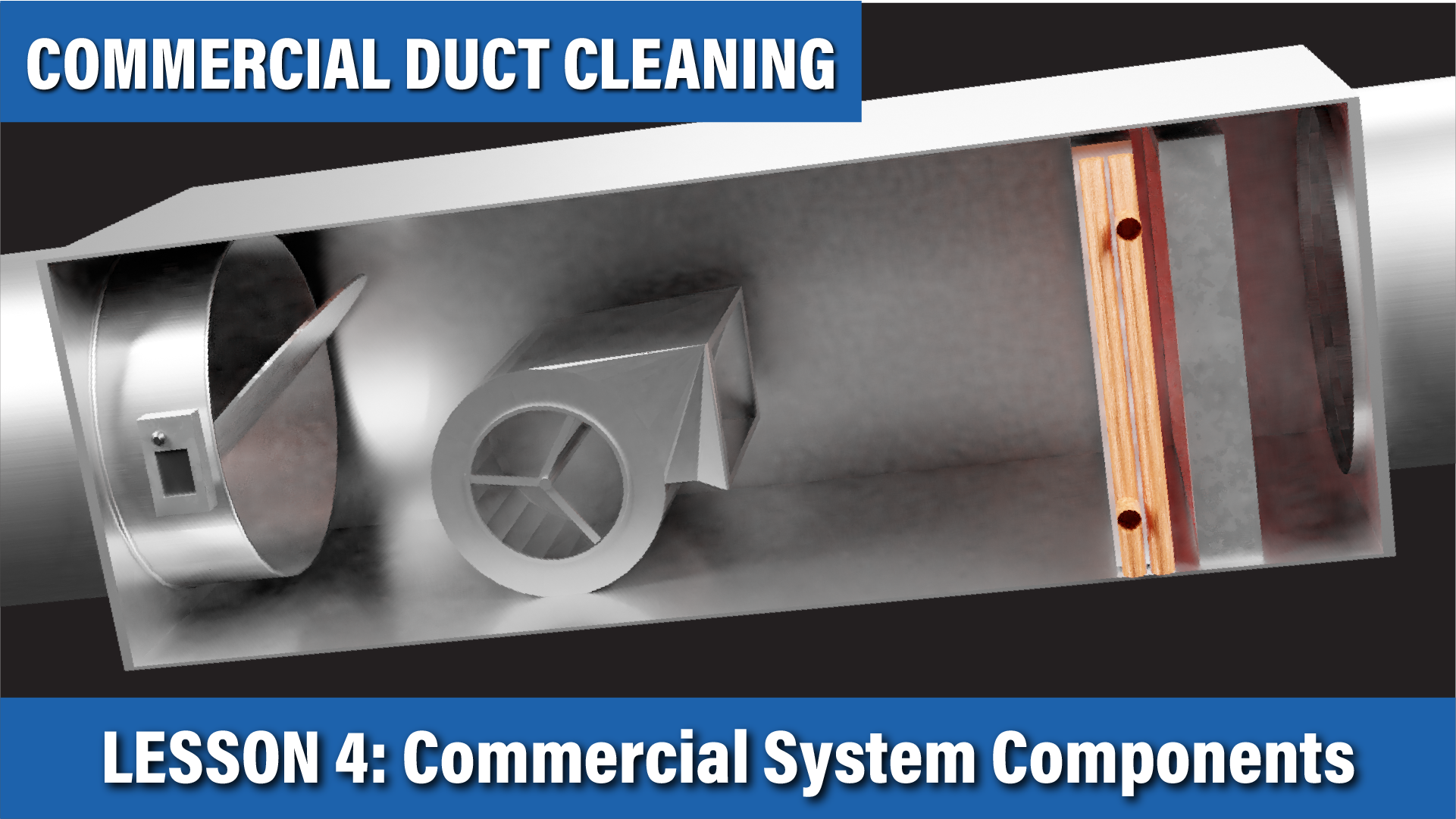
Video 4: Commercial System Components
• Variable Air Volume Boxes
• Dampers
• Grilles
• Vents
• Registers
• Diffusers
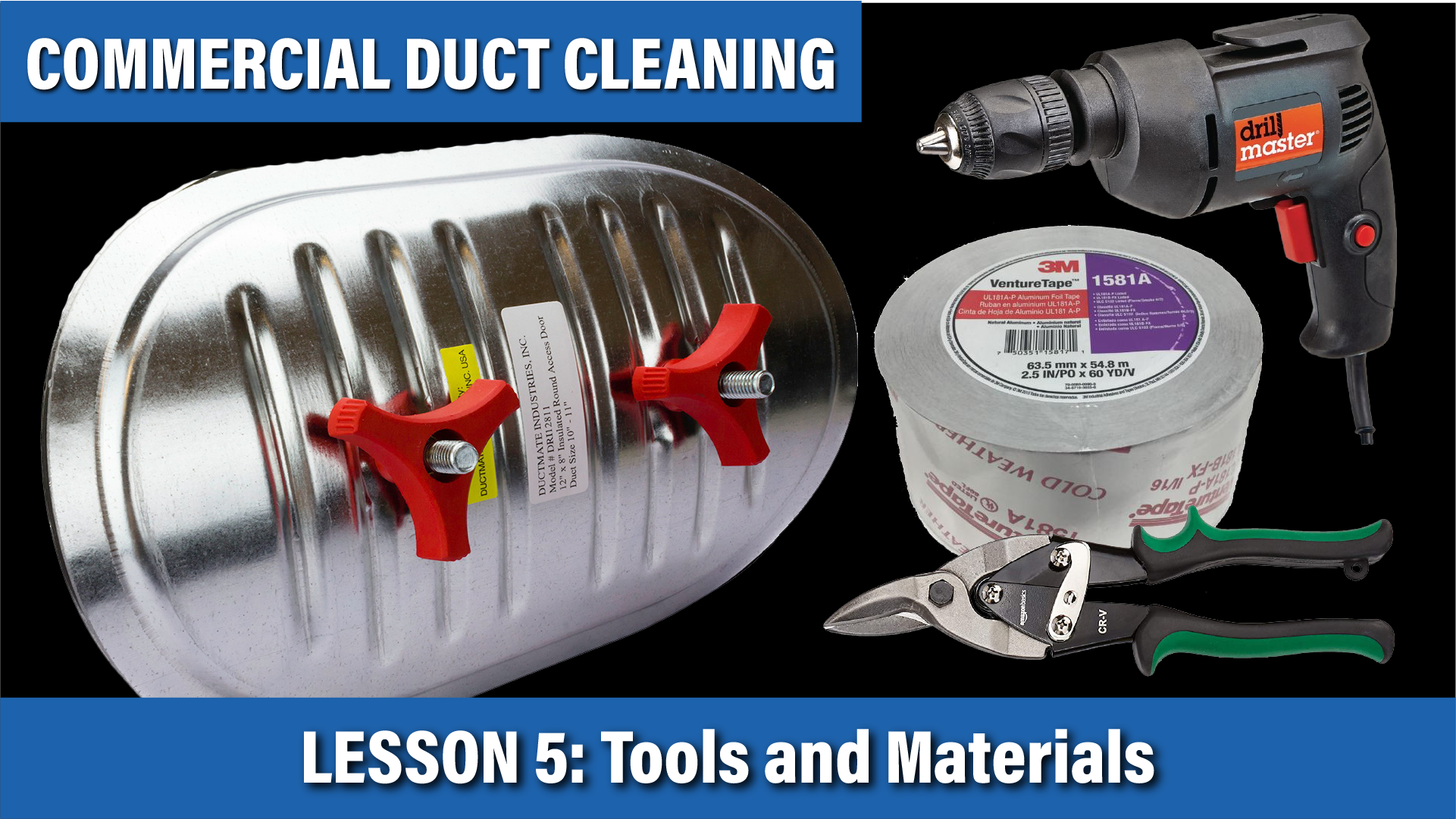
Video 5: Tools and Materials
• Drills
• Shears
• Sheet Metal Patches
• Duct Sealant
• Correct Tape for Sealing Ducts
• Self-Tapping Screws
• Access Doors
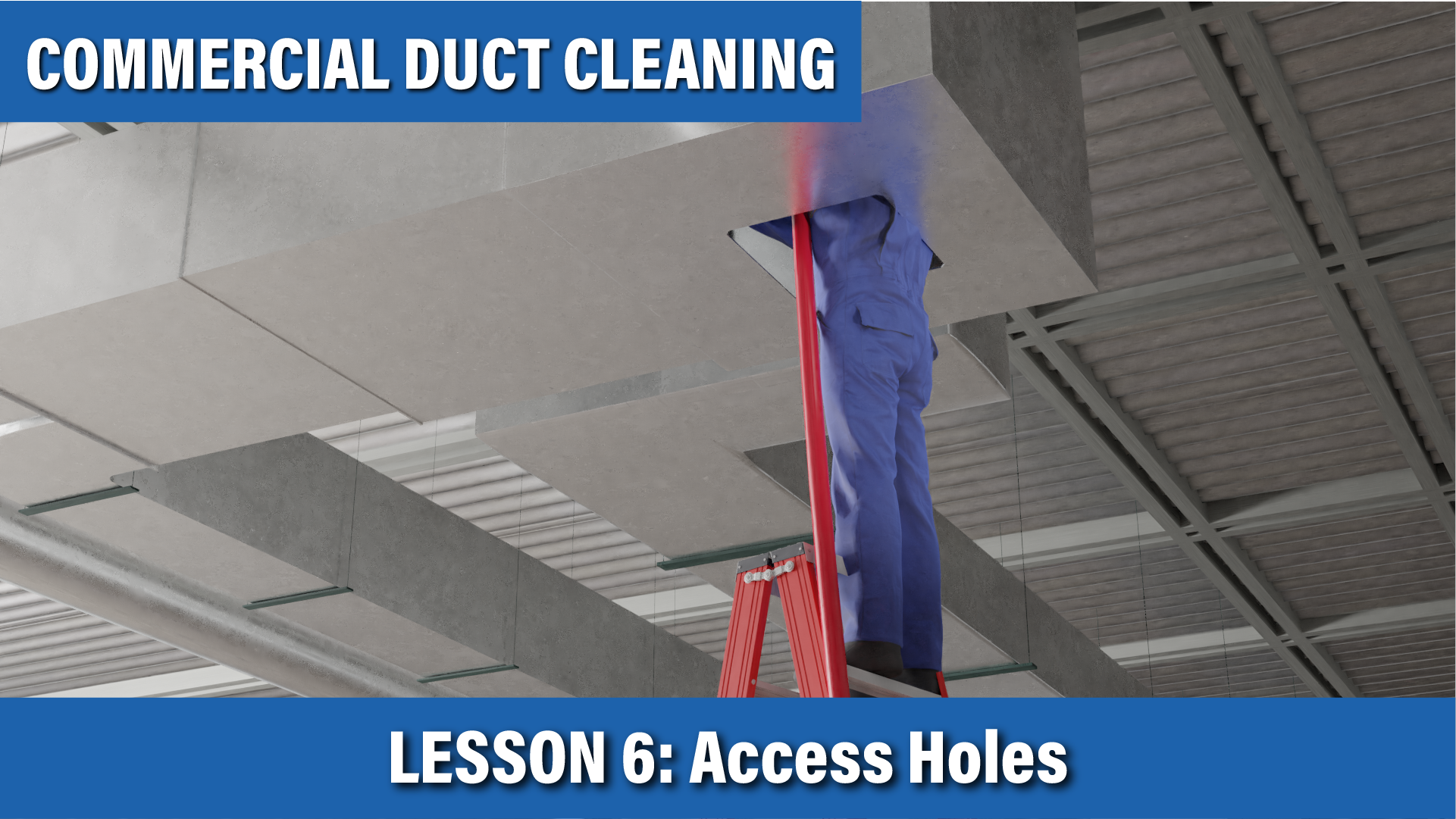
Video 6: Access Holes
• Why access holes
• Accessing and Patching Metal Ducts
• Accessing and Patching Insulated Ducts
• Accessing and Duct Board Ducts
• Accessing Exterior Ducts
• Where to Place Access Holes
• Tips and Tricks
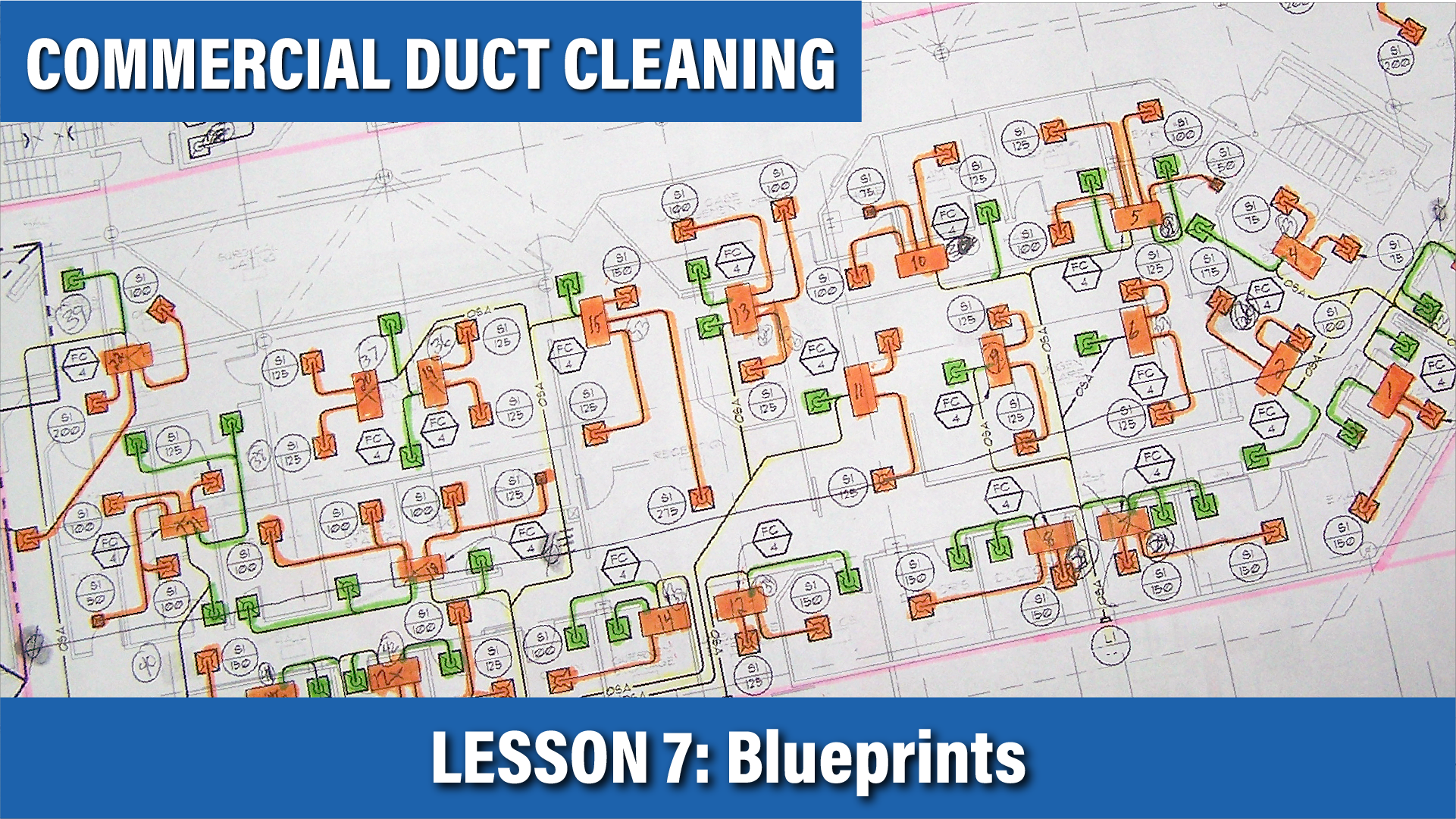
Video 4: Commercial System Components
• Variable Air Volume Boxes
• Dampers
• Grilles
• Vents
• Registers
• Diffusers
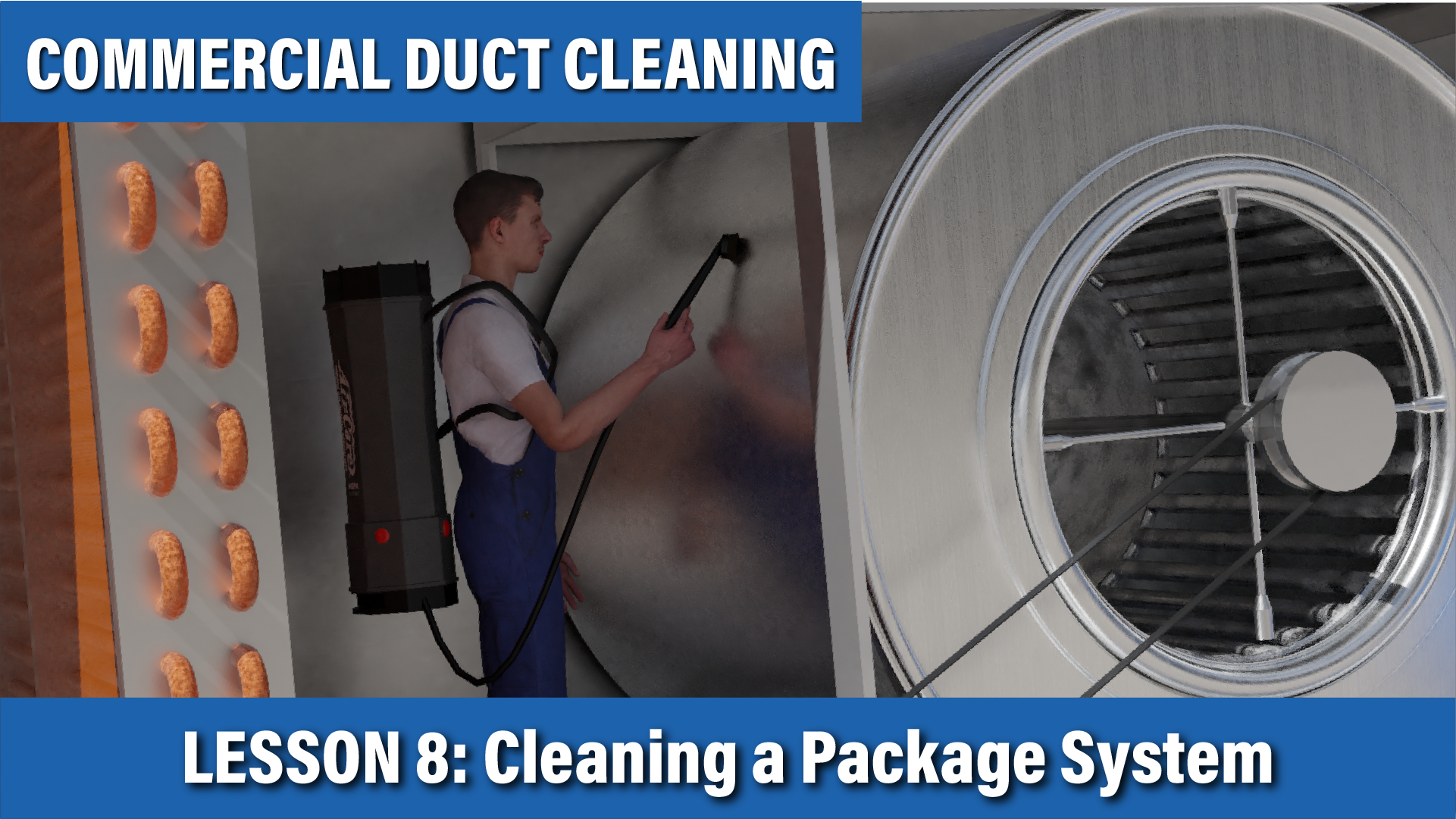
Video 5: Tools and Materials
• Drills
• Shears
• Sheet Metal Patches
• Duct Sealant
• Correct Tape for Sealing Ducts
• Self-Tapping Screws
• Access Doors
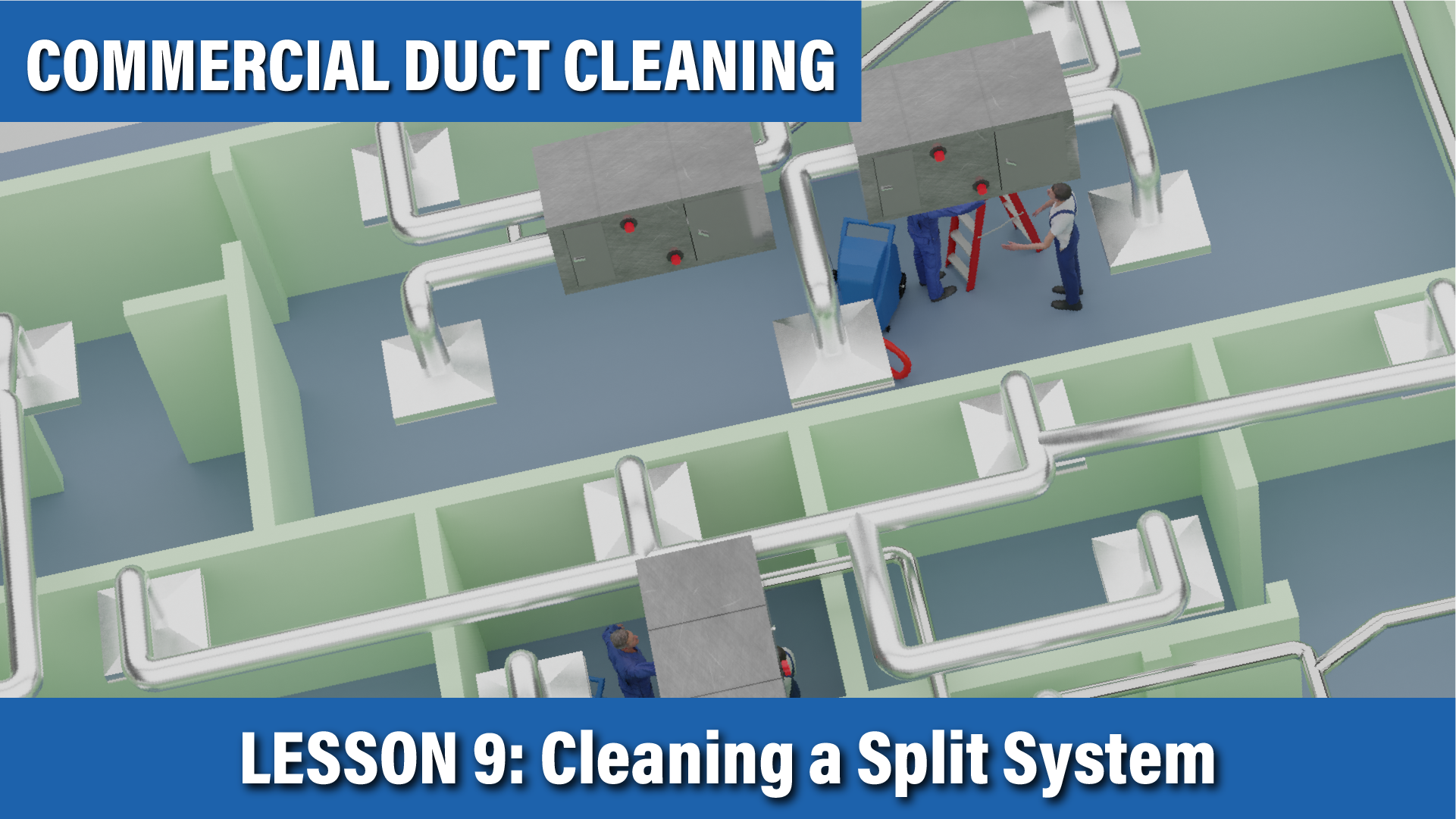
Video 6: Access Holes
• Why access holes
• Accessing and Patching Metal Ducts
• Accessing and Patching Insulated Ducts
• Accessing and Duct Board Ducts
• Accessing Exterior Ducts
• Where to Place Access Holes
• Tips and Tricks
